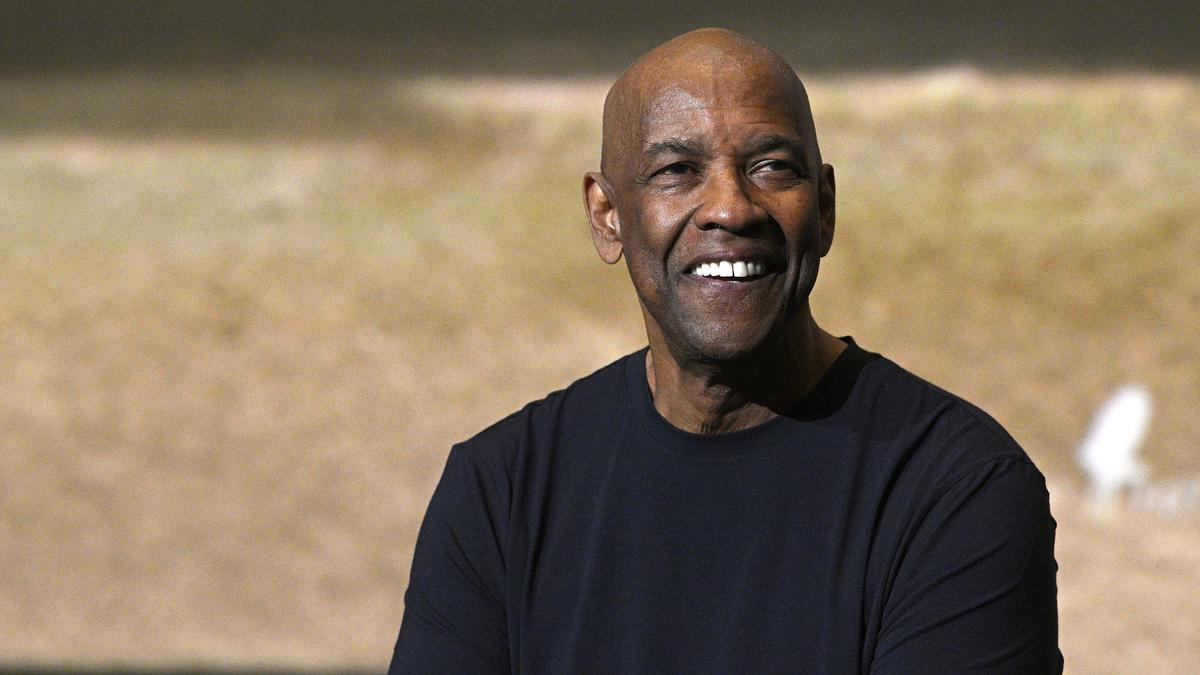
As the majestic Himalayas loomed in the background, the Dharamsala cricket ground played host to a dazzling display of batting prowess, with the Indian cricket team asserting their dominance over England on the second day of the pivotal fifth Test match. The Indian batting lineup, spearheaded by Rohit Sharma and Shubman Gill, produced an imperious performance, taking the team to a commanding position as they concluded the day at a formidable 473/8, boasting a lead of 255 runs.
In an innings where batting seemed a delightful endeavor, Rohit Sharma and Shubman Gill mesmerized the audience with brilliant centuries. Their twin tons laid a rock-solid foundation for India’s dominance. The day, however, was not just about the centurions. It also witnessed the rise of youthful talent as Sarfaraz Khan and Devdutt Padikkal made their mark with compelling fifties, showcasing the depth and versatility of India’s batting resources.
Amid the run-fest and the jubilant headline acts, a somber note was struck as Ravichandran Ashwin, India’s veteran spin all-rounder, confronted a less flattering spotlight. Celebrating his 100th Test match appearance, a milestone that symbolizes both longevity and skill, Ashwin was expected to contribute significantly with both bat and ball. While he shone with his primary skillset, taking valuable wickets with his wily off-spin in England’s first innings, his performance with the bat was anticlimactically brief.
Ashwin came under the ‘scanner’ – a colloquial term for critical examination – as he succumbed to England’s Tom Hartley. Dismissed for a duck after facing only five balls, the seasoned campaigner inadvertently engraved his name in an undesirable cricketing record. The dismissal saw Ashwin become only the ninth cricketer in the history of Test cricket and the third Indian to be out for a duck in the 100th match of their career. Notably, this made him the first-ever spin bowler to register such an unenviable record in the annals of red-ball cricket.
While centuries and fifties typically command the celebratory headlines, Ashwin’s duck added an intriguing subplot to a day otherwise dominated by the bat. It reminded onlookers of the game’s unpredictable nature and the immense pressure attached to landmark appearances.
The attention Ashwin received for this unfortunate feat reflects the scrutiny that accompanies players at this elite level, where every performance is dissected, and records – both illustrious and otherwise – are meticulously documented.
Looking beyond Ashwin’s record, the day’s play was one of several cricketing narratives. The centuries by Rohit and Gill reaffirmed their positions as contemporary stalwarts of Indian batting. Furthermore, the collective achievement of India’s top five batters registering fifties was a rare accomplishment, echoing a feat last matched by the national team 14 years ago.
The Indian team, with a considerable lead and several wickets in hand, heads into the subsequent days of the Test match with an upper hand, aiming to consolidate their advantageous position and possibly push for an innings victory.
As for Ravichandran Ashwin, despite the brief pall cast by the duck, the game promises further opportunities to celebrate his 100th Test – a stage where he can perhaps amend today’s narrative with a stellar bowling performance in the second innings, reaffirming his status as a cricketing maestro who has often orchestrated victories for his nation.
This Test match at Dharamsala continues to unfold as a canvas of contrasting fortunes, with individual narratives weaving into the broader tapestry of an enthralling cricketing contest between two proud cricketing nations. More developments and highlights from the match to follow in the coming days.










